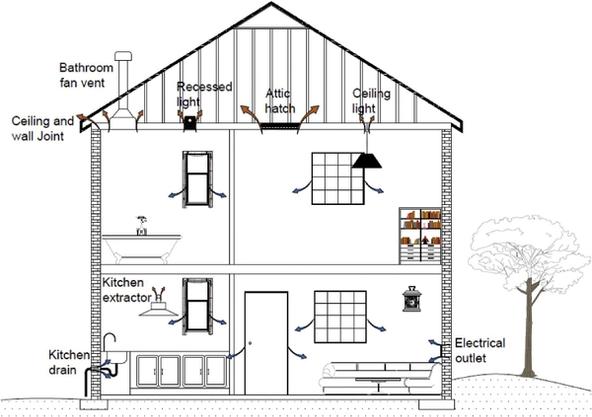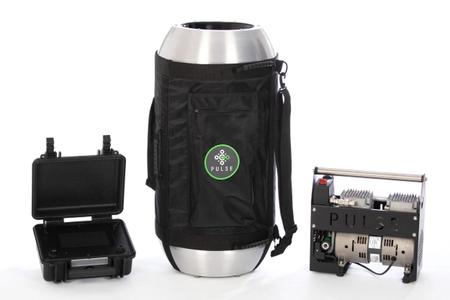Article
Building airtightness measurement methods reviewed
Our colleagues at the University of Nottingham have recently published a journal paper entitled ‘A practical review of alternatives to the steady pressurisation method for determining building airtightness’.

Available to freely download until 8th September 2020, this study provides a useful background to why the low pressure Pulse air leakage measurement method has been developed. The review goes on to provide a detailed assessment of the benefits and drawbacks of the Pulse method, blower door fan and number of other less established techniques. The paper also clearly illustrates the number of competing factors that must be weighed up when selecting the right air leakage measurement tool for the job in hand. These include:
- Pressure range and results
- Building integrity
- Set up time and disassembly
- Background pressure measurement
- Test duration
- Leakage detection
- Skill level required
Conclusions include:
Pulse method shows advantages in maintaining building integrity, continuous measurement of background pressure, representative pressure level, short test cycle and deskilled operation. But it has disadvantages including inability of detecting the leakage locations and absence of infiltration model for predicting air infiltration.
Whilst:
The steady method has obvious advantages over other methods on leakage detection, maturity of development and degree of acceptance. But it is unable to fully maintain building integrity, involves extensive manual operation and gives coarse interpretation of background pressure. It also requires high testing skill.
And:
Other methods offer solutions to some of the issues shown in the steady method, such as fully maintaining building integrity, shorter test cycle, realistic testing pressure, and potentially deskilled operation. However, shortcomings do exist in most of them, which include the inability of detecting the leakage, poor accuracy and practicality.
To access the review paper see the following link:
https://www.sciencedirect.com/science/article/pii/S1364032120303403?dgcid=author#bib20



